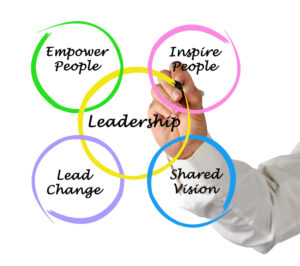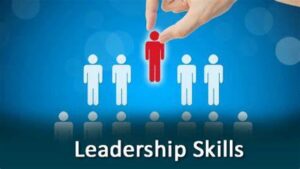
By Homayoun Hatami and Liz Hilton Segel
If an executive had fallen asleep in 2019 and just woke up, she wouldn’t recognize the business world of November 2022. The COVID-19 pandemic rewrote the rules, and now a new and potent disruption seems to arrive every other day. You know the list of issues; we won’t go through them here. Suffice to say that managing complex organizations is much harder today than it was just a few years ago. And the hardest task of all for CEOs is to decide what needs to be done now and what can wait.
In short, what matters most today? Just as we did last year, we’ve spoken with hundreds of leaders this year and found six priorities that feature prominently on CEO agendas worldwide. They’re the moves leaders are taking to shore up defenses and gain ground on rivals—which is very different from the purely defensive agenda that many companies are following.
Start with—what else?—resilience. No doubt, it’s a corporate buzzword, but if you strip away all the extraneous baggage that the concept has collected, resilience is emerging as a vital “muscle” for companies operating in a world of endless volatility and disruption. The pandemic asked companies to move much faster. Now inflation seems to be here for the duration, thanks in large part to depleted supply chains, especially in energy. That’s causing companies to deploy their newfound speed across all six dimensions of resilience: finance, operations, technology, organization, business model, and reputation. US companies are pursuing one path; European companies are responding slightly differently, as befits their circumstances. For CEOs, the overriding question today is: How resilient is your company? (more…)






 BY SHANNA A. HOCKING
BY SHANNA A. HOCKING